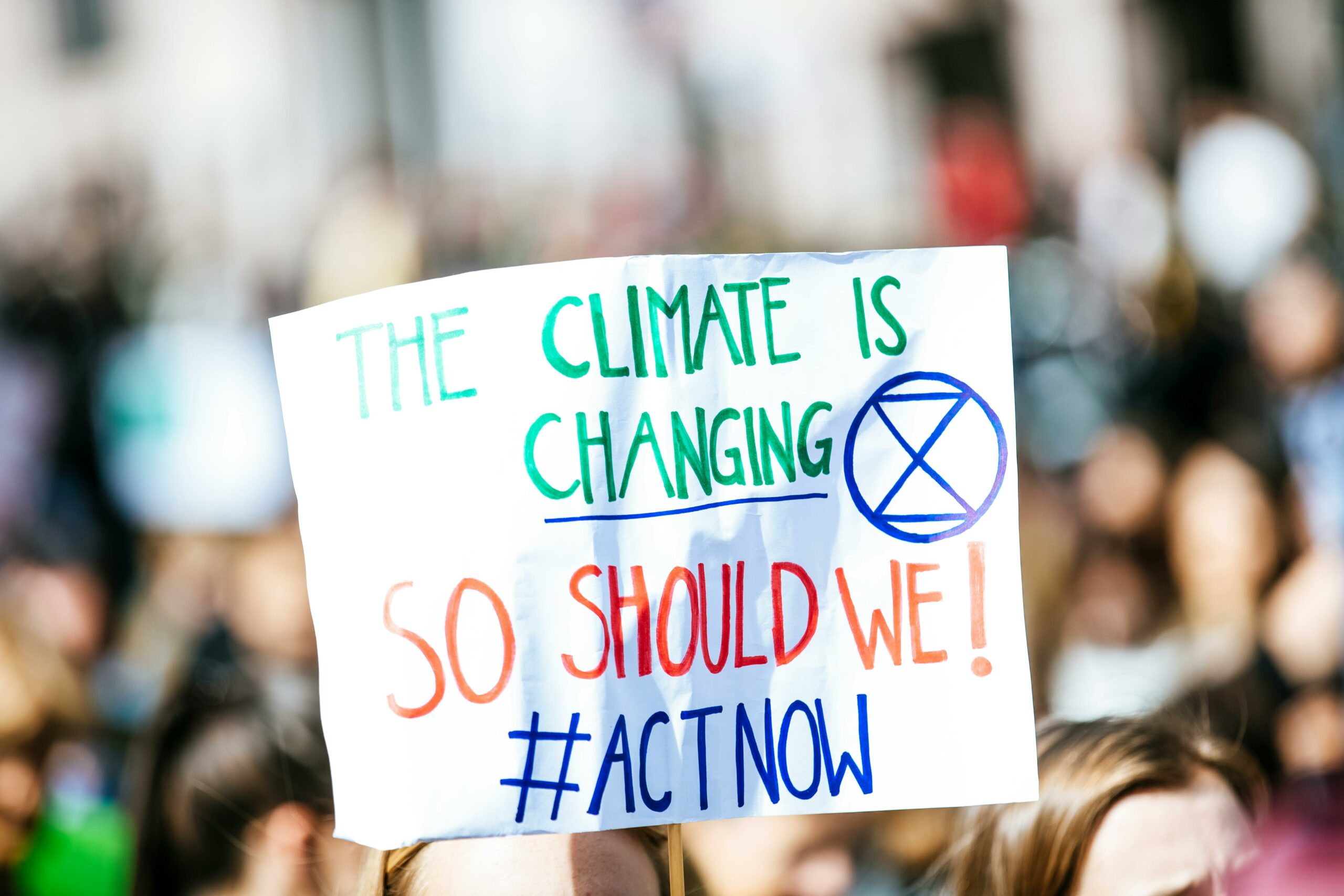Building Environmental Resilience in Oakland: Strengthening the City’s New Environmental Justice Element

While news cycles tend to focus exclusively on big stories out of Washington, D.C. or state capitols, local city governments play a significant role in our everyday lives. From broad decisions like where and what type of housing, parks and transportation systems we see in our neighborhoods to specific details like building permits and driveway construction approvals – city government impacts us more than we may think. This became much more apparent to me when I learned about the General Plan Update process, a local political process to create one of the key guiding documents that inform city government decisions about housing, transportation, safety, land use, parks, conservation and so much more.
What is a General Plan?
General Plans are planning documents that California’s city and town governments are required to comprehensively update every 15 to 20 years. This planning document serves as a municipal “constitution” that sets ground rules for local government and guides future development and conservation efforts. And when developed thoughtfully and in partnership with local communities, these plans can help create a blueprint for the future community members want to see.

Oakland has been my home for 27 years and, in that time, I’ve witnessed drastic changes that often felt out of my control. Motivated by a desire to understand more about how General Plans are developed and a curiosity about what that meant for the future of my hometown, I attended a Housing Element workshop hosted by the City in February 2022. These workshops are a space for the General Plan team and City staff to share more about the General Plan and gather community member feedback.
After attending the Housing Element workshop and hearing community members’ voice their priorities around Housing First policies, social housing, and eliminating single family zoning, I realized that I had already read about the General Plan when I started my position as the Oakland Program Manager for Capacity Building at Greenlining six months prior. During my landscape analysis to learn more about past and present climate campaigns in Oakland, I came across an article about The Oakland People’s Plan (TOPP), a people’s proposal for Oakland’s General Plan Update.
This article and workshop catalyzed a year-long deep dive into General Plans, Oakland community plans and ultimately, Oakland’s Environmental Justice Element.
What is an Environmental Justice Element?
Housing is just one element, or topic, of the City of Oakland’s General Plan Update. Other topics include Land Use and Transportation; Safety; Open Space, Conservation and Recreation; Infrastructure and Facilities; and Noise. In March, the City released their Draft Environmental Justice Element, which focuses on strategies, policies, and actions to achieve a series of goals in Oakland’s “Environmental Justice Communities,” the neighborhoods most impacted by pollution and the harmful effects of climate change. Due to environmental racism, the racial wealth gap, and racist planning policies like redlining, these communities are most often communities of color and low-income communities.


To address these systemic barriers EJ communities in Oakland face, the goals in the City’s EJ Element aim to alleviate the existing impacts while building community resilience for the future. The guiding goals for Oakland’s EJ Element include:
- Reducing Pollution Exposure and Improving Air Quality
- Promoting Safe, Healthy, and Affordable Homes
- Expanding Healthy Food Access
- Promoting Equitable Public Facilities
- Promoting Physical Activity
- Fostering Engaged Communities and Supporting Community Power and Capacity Building
- Expanding Economic Development, Income Equality, and Opportunity
- Prioritizing Improvements and Programs that Meet the Need of Environmental Justice Communities
The City’s Draft EJ Element incorporates data, feedback, and findings from intensive mapping work, a series of workshops, community events led by the Deeply Rooted Collaborative, and community-led plans such as the East Oakland Neighborhoods Initiative Community Plan and the West Oakland Community Action Plan.
The Draft EJ Element includes sound visions and policies, but there must be advanced planning on how the various policies and actions will be implemented in order for those goals, visions and policies to ever be actualized. This includes, but is not limited to, developing a comprehensive implementation plan; creating or mapping out systems for interdepartmental coordination; robust fiscal planning; and establishing strong oversight and accountability mechanisms.
The Greenlining Institute submitted a collaborative public comment letter with HOPE Collaborative, Mycelium Youth Network, the East Oakland Neighborhoods Initiative, the Oakland Climate Action Coalition, Communities for a Better Environment and Homies Empowerment that includes our analysis and proposals to make Oakland’s Final EJ Element stronger and more impactful.
In the comment letter, we provide detailed recommendations for how the City of Oakland can put the following components into practice during the implementation phase of Oakland’s Environmental Justice Element:
- Support an ongoing, meaningful and accessible community engagement process;
- Foster trust and accountability with Oakland’s EJ communities;
- Strengthen interdepartmental coordination and implementation;
- Evaluate the community engagement and EJ Element implementation process; and
- Support and resource capacity building for communities to anchor community-driven planning, decision-making and implementation processes in their neighborhoods.
We urged them, and continue to push the General Plan Update team, the Planning Department, the Planning Commission, and City officials to incorporate these recommendations into the Final EJ Element.
We also urge the City to continue engaging, supporting, and partnering with Oakland’s Environmental Justice organizations and communities to ensure the Final EJ Element and implementation process reflects their needs and creates material benefits in their lives and communities.
The underlying principle of our Capacity Building work is that communities know best what they need to thrive – which is why it is essential for important decision-making tools like the General Plan to be co-developed with and anchored in the needs of frontline communities. If you support any of our recommendations or have thoughts about how the City of Oakland can better achieve the goals outlined above, you can still make an impact by emailing your city council member and making your voice heard.



